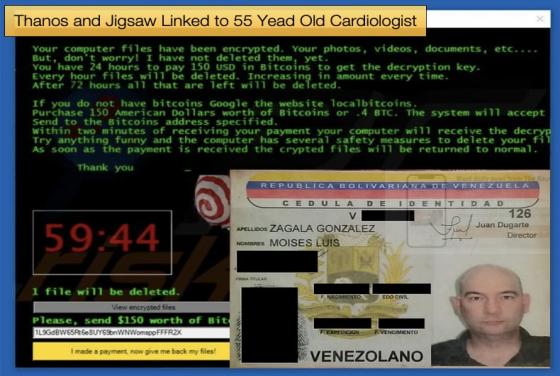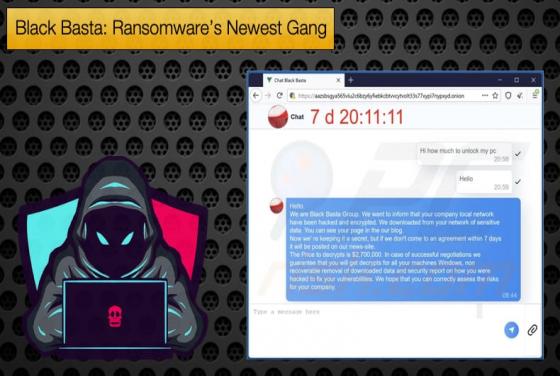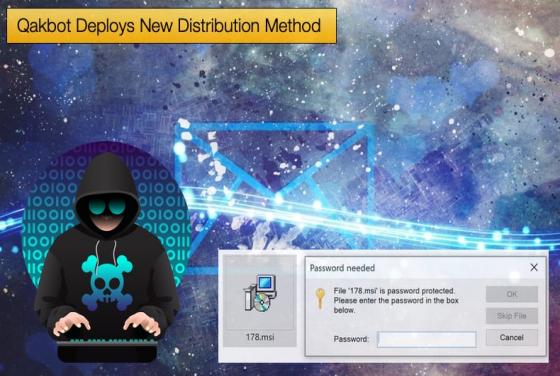

Card Skimming goes into Stealth Mode
Online card skimming, which abuses the code that runs checkout features on eCommerce websites, has been a problem for years. Arguably, it has been overshadowed by ransomware’s meteoric rise to popularity amongst the financially motivated cybercriminal underground, card skimming has still posed a gen








